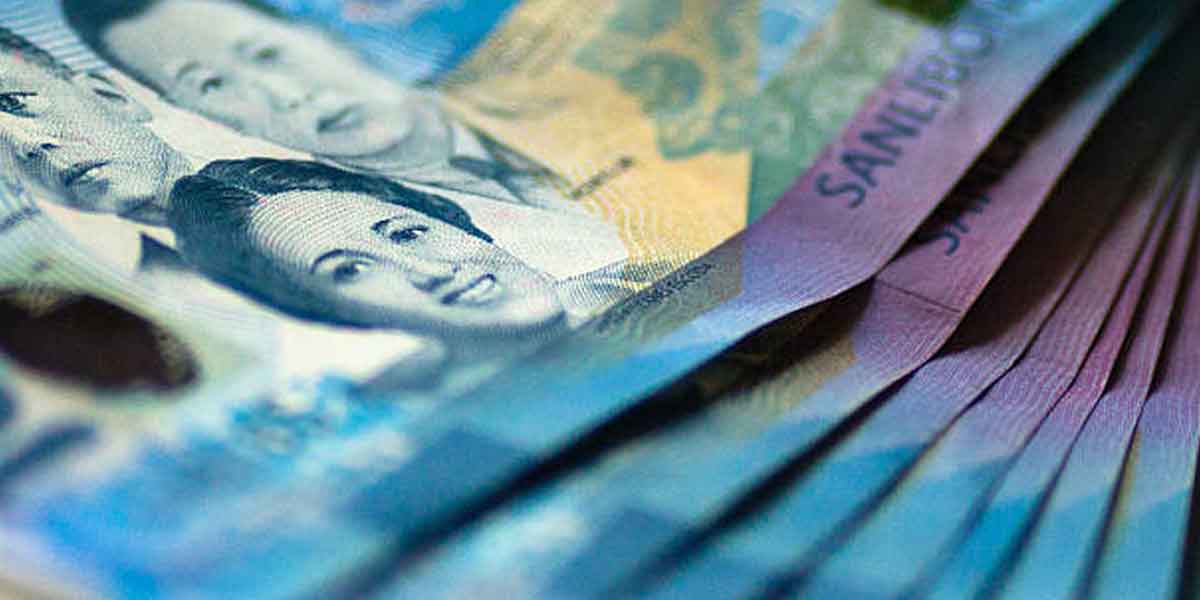By Artchil B. Fernandez
Bongbong Marcos (BBM) was barely a week in office when the Philippine Statistics Authority (PSA) released the inflation rate of the country. The PSA then placed the inflation rate at 6.1 percent, the highest since 2018.
In his first public briefing as president, BBM disputed the official inflation figure. “I think I will have to disagree with that number. We are not that high,” he told the public. The statement of BBM placed his economic managers in a very awkward position. How can they correct their principal without putting him and themselves in an embarrassing position?
Finance Secretary Benjamin Diokno blandly claimed BBM was ‘misunderstood’ by the media and the public. “Let me begin by saying that the President’s disbelief at the 6.1 percent June 2022 inflation rate figure was misunderstood. He was referring to it as a full-year figure when in fact the year-to-date, meaning January to June inflation rate is actually 4.4 percent. That’s what he has in mind,” Diokno clumsily defended his chief.
Contrary to expectations particularly of his supporters that the ascendancy of BBM to the highest post will miraculously lower the prices of goods and services, the opposite happened. From 6.1 percent in July 2022, inflation rose to 6.3 percent in August. The year ended with inflation further rising to 8.1 percent.
It appears there is no end in sight to the rising prices of goods and services despite assurances from the current administration that it is imminently going down. ING Bank senior economist Nicholas Mapa projected January 2023 inflation rate is 7.8 percent.
PSA released the official national inflation rate for January 2023 and contrary to projections, it hit 8.7 percent. The latest inflation figure is a new 14-year high. The inflation number defied the forecast of the Bangko Sentral ng Pilipinas (BSP) which projected the January 2023 inflation to be between 7.3 and 8.3 percent.
If one goes by region, the inflation rate is higher than the national figure (8.7 percent). In Western Visayas inflation rate is 10.3 percent while in Davao region its 9.4 percent. Inflation in Ilocos region is at 9.3 percent. The picture is clearly different in regions where people suffer more from high prices of goods and services.
Current inflation rate is primarily driven by increases in housing rentals, electricity and water rates as well as in the prices of vegetable, milk and eggs, and fruits and nuts. National statistician Dennis Mapa said the main driver of the present inflation is increases in housing, water, electricity, gas and other fuels. He cited the case of house rentals which suddenly jumped by 5 percent from December 2022 as well as that electricity which surged by 22 percent compared to January 2022.
The next contributor to current inflation is food and non-alcoholic beverages. Mapa noted that prices of these items went up by 11 percent. The prices of vegetables and onions shot up by 38 percent in January from 32 percent in December 2022 while prices of eggs and dairy products went up by 10 percent.
Analysts see that the upward swing of inflation in the country has yet to peak. “As it is, the current momentum will likely see the headline inflation rate continue to trek up and bring the average inflation rate for the year to around 7 percent, much higher than our previous 4.8 percent forecast,” Romeo Bernardo analyst of New York-based think tank GlobalSource Partners said. ING Bank senior economist Nichola Mapa agreed with the observation and warned there is a danger the country’s inflation will deviate from BSP’s target range of 2 to 4 percent.
BBM finds the rising inflation “unfortunate.” He assured the nation inflation will go down in the coming months when the measures his administration has taken will take effect. “I suppose it can only be said that the measures that we have taken have not yet gone through the system,” he said. “We have already taken some measures so that the supply will be greater and so that will bring the prices down, but that will take a little time,” BBM added.
These are general statements, as vague as his “unity” platform. BBM never enumerated the specific actions he has done or is doing to mitigate and lower inflation. Like what he did during the campaign, he merely gave general, broad, and ambiguous statements to assuage the anguish of the people. Such strategy allows him to evade culpability since he cannot be pinned down on something concrete and specific.
BBM touched a raw chord among the populace especially those from the margins and peripheries by promising a “Golden Age” where people will enjoy low prices of goods and services should he win the election. His fanatical supporters were caught on video during BBM’s inauguration gleefully claiming that prices of goods and services will now go down with his installation. Nothing best illustrates this expectation than BBM’s vow that under his rule the price of rice will be 20 pesos per kilo.
So far, what Filipinos got is the contrary. Instead of lower prices of goods and services, prices actually soared under BBM. It never happened before in the history of the country that a kilo of red onions costs 700 pesos forcing many families to forego an important ingredient in Filipino cooking.
This is the problem when one sells illusions to the people. It may deceive them momentarily, but reality eventually punctures the fantasy. The promised “Golden Age” is a lie and like all lies before, truth and reality will expose the deception and trickery. On the first place there was no “Golden Age” before presided over by the Marcoses and no “Golden Age” is coming under them.
The only “Golden Age” that is forthcoming is for the Marcoses, their cronies and allies who once again are feasting on the national treasury like vultures on a carcass.





















